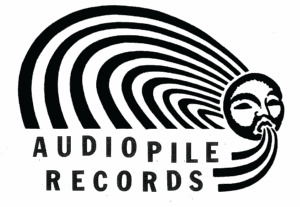Reich/Richter
Label: Nonesuch
Genre: Experimental
$27.99
Availability: In stock
Premiere recording of Reich’s soundtrack to Gerhard Richter & Corinna Belz’s art film ‘Moving Picture’, performed by Ensemble intercontemporain, conducted by George Jackson, at Paris Philharmonie. Initially, clearly a Reich work of precise phasing patterns, but most unusually spliced with hip hop and classic dance rhythms in crooked, pendulous harmony on the first part, and resolving to more typically intricate, minimal elegance in its latter parts. A real WTF beauty.
“Reich describes Richter’s book Patterns, which served as source material for the film: “It starts with one of his abstract paintings from the ’90s. He scanned a photo of the painting into a computer and then cut the scan in half and took each half, cut that in half and two of the four quarters he reversed into mirror images. He then repeated this process of ‘divide, mirror, repeat’ from half to quarter, eighth, sixteenth, thirty-second, all the way up to 4096th. The net effect is to go from an abstract painting to a series of gradually smaller anthropomorphic ‘creatures’ (since the mirroring produces bilateral symmetry) to still smaller ‘psychedelic’ abstractions to very fine stripes.
“Belz described the film in terms of ‘pixels.’ The film begins with the two-‘pixel’ stripes, and the music starts with a two-sixteenth note oscillating pattern. When the film goes to four ‘pixels,’ the music moves onto a four-sixteenth note pattern, then to eight, and sixteen,” the composer continues. “After that, I began to think, ‘This is going to get ridiculous,’ so at that point I began introducing longer note values—initially eighth notes, and later as the pixel count grew in the film, to quarter notes. By the middle of the film, when the images move from 512 to 1064 pixels and the images become larger and more ‘creature’ like, the music really slows. Later, as the pixel count begins to diminish, the music moves back into more rapid eighths and then sixteenth, ending with the most intense rapid movement.”






